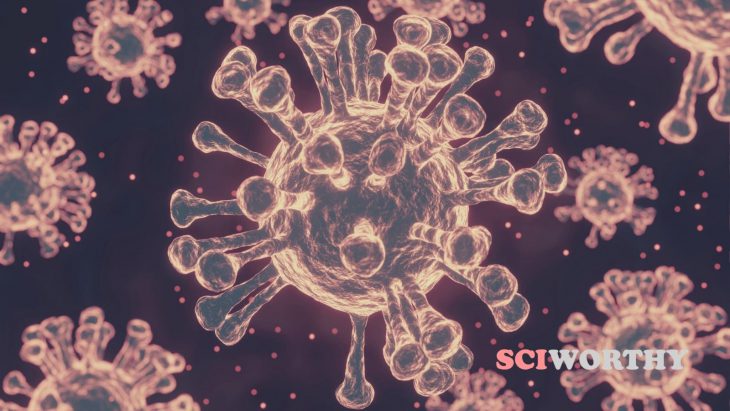The SARS-CoV-2 pandemic began in late 2019, and it is no secret that it has shaken up the healthcare system. Severe COVID-19 symptoms are more common in those with preexisting health conditions. The UK Coronavirus Cancer Monitoring Project was created to better understand whether there was a relationship between the death rate of patients diagnosed with COVID-19 and recent anti-cancer treatments. This project collects data about cancer patients and their experiences with COVID-19.
From March 2020 to April 2020, researchers evaluated cancer patients who had recently received anti-cancer therapies and were diagnosed with COVID-19 to explore the relationship. Over the course of the pandemic, statistics showed that those diagnosed with cancer and the COVID-19 virus have an increased risk of death from the virus.
Before this study, some scientists had hypothesized that those receiving treatments for their cancer might have an even higher risk of death from the COVID-19 virus than untreated cancer patients because treatment often interferes with the immune system. However, the data to support this was limited. This study suggested that there may be an increased risk of death from COVID-19 for patients who received chemotherapy or other cancer treatments. As the COVID-19 pandemic continues onward, it is essential to learn about the effects this virus has on vulnerable patients so that medical teams can make the best possible care recommendations going forward.
This study included 800 patients who tested positive for COVID-19 via PCR testing and had received an anti-cancer treatment within the last 12 months. Treatments included chemotherapy, immunotherapy, hormonal therapy, targeted therapy, or radiotherapy, though most underwent chemotherapy. This study included the largest number of patients so far, and patients were enrolled as soon as they tested positive with no knowledge of the outcome, making the data more impartial.
Over four weeks, researchers tracked the tumor growth in various organs, as well as the percentage of patients who died, called the mortality rate. The main outcome was to find if there was a death or discharge from hospital – the hospitals recorded what happened to each patient and this became the data that researchers later analyzed. This study looked at whether or not the patient ultimately died, while also assessing if the anti-cancer treatment influenced that outcome.
The researchers found that 52% of patients had mild COVID-19 cases according to the WHO guidelines, but only 12% of patients did not require hospital care. Furthermore, 43% of patients required a serious level of care with 7% of patients needing intensive care. In total, 211 patients died from COVID-19-related issues during this study, and most were 66 to 80 years old.
Surprisingly, the researchers found no notable difference in COVID-19 mortality for patients who had received anti-cancer treatments within four weeks before being diagnosed with COVID-19. For instance, there was a 27% death rate for those who received chemotherapy and a 29% death rate for those who did not recently receive chemotherapy, which are very close rates.
Ultimately, the factors that were more important in predicting whether a cancer patient would die from COVID-19 were age, gender, and if they had any comorbid conditions. Male patients had a higher death rate (65%) compared to the female patients in this study (35%). Some of the comorbidities that were associated with a higher chance of dying included cardiovascular disease, diabetes, and hypertension.
This study from early in the pandemic was a starting point for research into the joint effects of cancer and COVID-19 on a much broader scale, while also leaving room for further studies on specific cancer types. This type of study has potential to be expanded outside of the anticancer treatments being studied and the locations in which the study is taking place.
This study mainly analyzed patients who were receiving chemotherapies, so future studies could look further into other cancer treatments and analyze the differences in risk factors. Furthermore, not every hospital around the globe is the same, so examining hospitals in different countries and how they treat patients of this nature could also be beneficial going forward. Ultimately, this paper shows that having cancer treatment does not affect the likelihood of a patient dying from COVID. This means that doctors should encourage patients to continue anti-cancer treatment, even during the pandemic.


